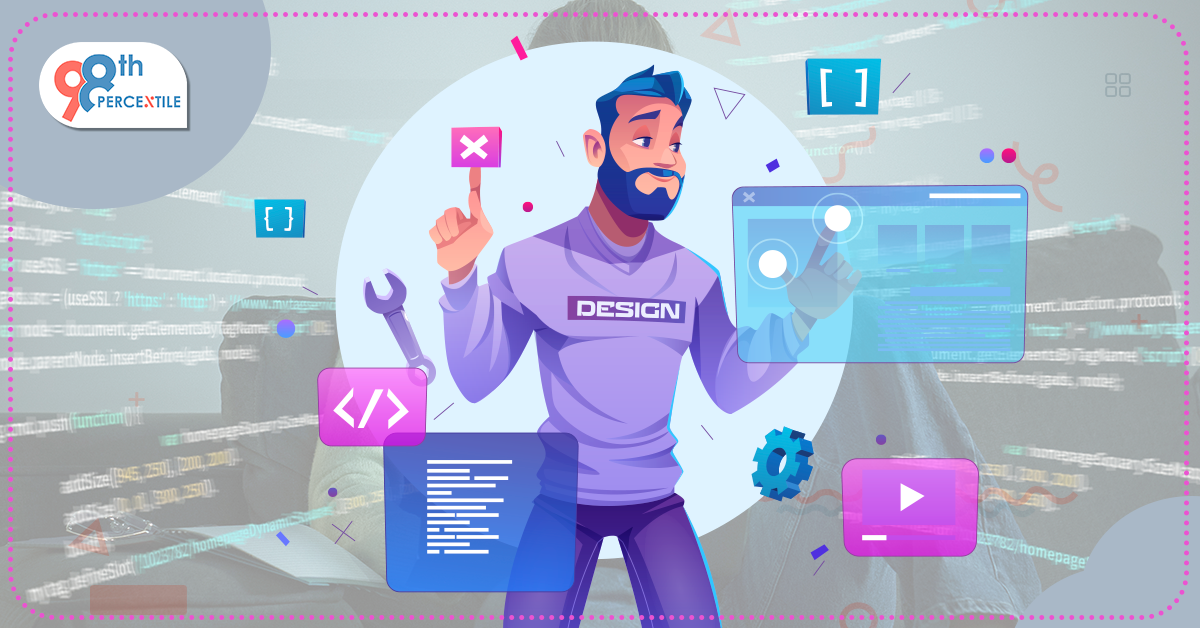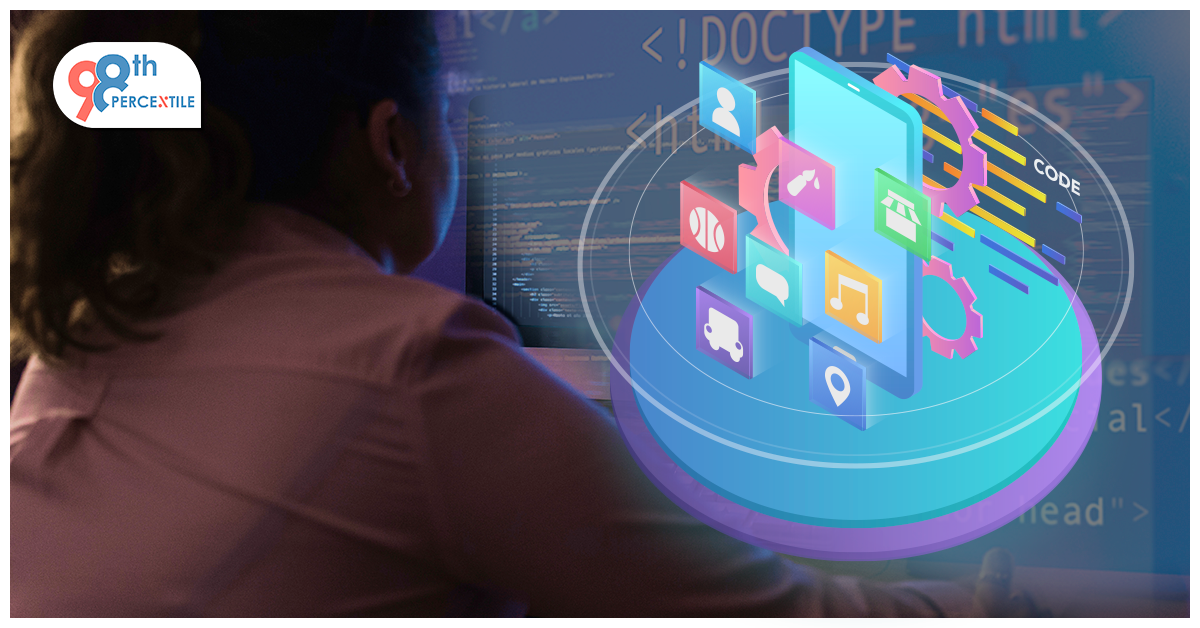In the ever-evolving landscape of mobile application development, the quest for a unified framework that facilitates the creation of cross-platform apps has been relentless. Enter Flutter, Google's open-source UI software development kit, which has rapidly gained popularity among developers for building natively compiled applications for mobile, web, and desktop from a single codebase. This article explores the rise of Flutter, its core features, and why it has become a go-to choice for developers aiming to craft high-quality, cross-platform applications efficiently.
Understanding Flutter and Dart
Flutter is built using the Dart programming language, also developed by Google. Dart focuses on front-end development, and its primary goal is to build UIs that run smoothly at 60 frames per second. Flutter leverages Dart's capabilities to create fast, visually attractive, and seamlessly interactive applications. What sets Flutter apart is not just its ability to compile to native code, but also its widget-centric architecture, which offers a rich set of highly customizable widgets that enable the development of complex UIs with smooth animations and transitions.
Begin Your Child's Coding Adventure Now!
Key Features of Flutter
- Cross-Platform Development: Flutter allows developers to write a single codebase to create apps for iOS, Android, web, and desktop platforms, significantly reducing development time and resources.
- Hot Reload: One of Flutter's most beloved features is Hot Reload, which enables developers to see the results of their changes almost instantly, without losing the current application state. This feature accelerates the development process and facilitates experimentation.
- Rich Widget Catalog: Flutter provides a comprehensive catalog of widgets that mimic the behavior and appearance of each platform's native components, ensuring a native-like experience across all devices.
- High Performance: Because Flutter applications are compiled into native machine code, they perform excellently on virtually all devices, providing smooth animations and transitions that enhance the user experience.
- Customizable and Extensible: Flutter's architecture is designed to be fully customizable, allowing developers to tweak existing widgets or create their own, offering unparalleled flexibility in designing the UI.
The Dart Advantage
The choice of Dart as the programming language for Flutter is pivotal to its success. Dart is optimized for UI development, offering features like garbage collection, async-awaits, and a rich standard library that are beneficial for developing complex applications. Additionally, Dart's syntax is easy to understand for developers coming from other object-oriented languages, which lowers the learning curve and facilitates a smoother transition to Flutter.
Why Flutter is Gaining Popularity
- Unified Codebase for All Platforms: Flutter's promise of a single codebase dramatically reduces the complexity and cost of app development across multiple platforms.
- Faster Time to Market: The combination of Hot Reload and a single codebase means that products can be developed, tested, and launched in a fraction of the time required by traditional platform-specific development approaches.
- Vibrant Community and Support: Flutter has garnered a strong community of developers who contribute to its extensive library of plugins and tools, further enhancing its capabilities and making it easier for new developers to get started.
- Backed by Google: Flutter benefits from strong support and active development by Google, ensuring it stays updated with the latest tech standards and practices.
Real-World Applications of Flutter
Numerous companies have adopted Flutter to build their apps, drawn by its efficiency and flexibility. Notable examples include the Alibaba eCommerce platform, the Google Ads app, and the Hamilton Musical official app. These applications showcase Flutter's capability to handle complex functionalities while providing a seamless user experience across multiple platforms.
Challenges and Considerations
Despite its numerous advantages, Flutter is not without its challenges. The framework is relatively young, which means there are scenarios where it might lack support for certain functionalities compared to native development. Moreover, the reliance on Dart—a less commonly used programming language—can be a hurdle for teams without prior exposure. However, the continuous improvements and the growing ecosystem around Flutter are rapidly addressing these concerns.
Begin Your Child's Coding Adventure Now!
Flutter's rise in the realm of mobile development is a testament to its innovative approach to cross-platform app development. By offering a single framework that guarantees high performance, beautiful UI, and developer-friendly tools, Flutter is paving the way for the future of app development. As it continues to evolve and expand its capabilities, Flutter stands out as a compelling choice for developers and companies looking to build robust, visually appealing applications efficiently across multiple platforms. With its growing community and strong backing from Google, Flutter is well-positioned to remain at the forefront of mobile development technologies.

 Students/Staff
Students/Staff Parents
Parents ElevatEd
ElevatEd















